Trinity School at Greenlawn
Fresh from viewing a streaming video, students in Matthew Bartek’s ninth grade biology class at Trinity School at Greenlawn sit at counters that frame their classroom walls, plug in their laptops and begin working on a study unit about fungi. The students work in teams, groups of four collaborating to create presentations, using shared files stored in the cloud. As data zips back and forth, a sidebar on each laptop screen shows what the other team members have open. The discussion is eager but quiet as collaboration builds.
A year ago, this scene at Trinity would have been much different. Even with its record of excellence – Trinity at Greenlawn is a Department of Education Blue Ribbon School for 2013 – the school was impacted by connectivity constraints. Trinity’s Internet service didn’t have enough capacity to support high definition streaming video, and seamless linking of computers and classrooms to each other and the cloud just wasn’t possible. While long buffering times, frozen screens, slow responses and timed-out file loading are inconveniences for home Internet users, in a school limited bandwidth can mean interrupted lessons, distracting students who sit and wait. Educational opportunities are lost as teachers forgo online resources because of delays and frustration.
This year, the limits are off at Trinity. “That they all have screens open and connected to the Internet wouldn’t have happened last semester,” Bartek explains. A year ago, perhaps half of the laptops could have been online, but screens would lock up and response would be slow. Pointing across the room, Bartek says, “That this one screen is scrolling up and that one scrolling down, that wouldn’t have happened.” The Trinity transformation is because of a new ChoiceLight connection. Access to ChoiceLight's high-speed, high capacity dark fiber network has changed how Trinity’s teachers teach and how students learn.
Trinity is the first recipient of a grant through ChoiceLight and nCloud’s new K-12 Fiber to Schools Grants Initiative. Each grant covers the cost of extending conduit and fiber from the ChoiceLight backbone into the school and also provides three years of ChoiceLight access. Trinity’s connection was installed over the summer. Tom Cuggino is chairman of the committee supervising the school fiber initiative for ChoiceLight. He said the grants have two main objectives: to encourage schools to develop innovative approaches that will improve education outcomes; and to remove broadband capacity constraints that may hinder implementation of those approaches.
Before ChoiceLight brought virtually unlimited connectivity, Bartek’s biology students exchanged information through e-mail after school or by trading flash drives, taking work home where getting online often was faster and easier. In another classroom, Danielle Svonavec’s seventh-grade students study music composition using online software. A year ago, just half the class could be connected at a time. Even with that limited number, slow connections meant wasted time as students waited for the software to store and process their work.
This year, all students are online. Response is seamless. Instead of being frustrated by computer issues, students work without distraction. The class is able to take full advantage of the software and learning is enhanced as students hear their compositions played back instantly as they work. Most schools in St. Joseph County could tell similar stories where the effectiveness of teaching and learning is diminished because of limited broadband capacity. Mary Jan Hedman, Chief Executive Officer of ChoiceLight, said helping schools become better connected and at the same time encouraging innovation serves the purpose for which ChoiceLight was founded almost a decade ago.
A public-private partnership, ChoiceLight was created to supply dark fiber infrastructure that would support economic development in an area where opportunities were hampered by the high cost and limited availability of broadband service. Businesses, universities, medical providers and governmental offices all had experienced how limited connectivity impacted their ability to do business, let alone expand, innovate and grow. Schools face the same needs and have the same opportunities. Access to high capacity affordable broadband has helped transform schools in other areas. Mooresville, N.C., is one example of a school system that embraces the potential of broadband. Mooresville ranks in the bottom 5 percent of schools for per pupil funding, but is in the top 5 percent both in test scores and graduation rates.
Great schools draw new residents and help build a reputation that makes the community attractive to investment in new and expanding businesses. Employers need a well-educated workforce to fill better paying, technology based jobs in a rapidly changing economy. The K-12 Fiber to Schools Grants Initiative was created by ChoiceLight and nCloud to challenge and support schools as they experiment and innovate to improve outcomes. John A. Lee, head of school at Trinity, is quick to say: “Technology isn’t going to answer all questions and solve all problems for education. Every time we introduce technology into the school, we have a goal in mind, either to teach more effectively or to help our students to learn more effectively.”
It’s that emphasis on outcomes that made Trinity the choice to receive the initiative’s first grant. While grants remove one difficult obstacle for schools by covering the cost of connecting to high speed and high capacity broadband, Cuggino said the initiative’s main goal is to challenge schools to excel. Schools that win grants must have specific plans to use the new connectivity to improve educational outcomes.
They must demonstrate how those plans will be implemented, show how successes will be measured and accountability enforced, show that necessary training will be provided, that the staff will be engaged and supportive, and that funding is available both to implement the program and to continue it over time. Trinity’s application met those challenges with plans as exotic as linking students to the CERN Large Hadron Collider in Switzerland to do real-time analysis of particle acceleration experiments, and as basic as allowing instructors to stream high definition video to classrooms.
Winning schools must have or be able to provide the internal infrastructure to make use of the expanded broadband capacity. For Trinity, that meant extensive work over the summer to install network cables and additional wireless routers. Receipt of the grant allowed Trinity to apply for other grants to help offset these costs. Internal improvements were not complete as the school year started, but enough was done over the summer that ChoiceLight service was ready to make an impact as soon as students returned in the fall.“We expect that schools will incur additional expense to implement their objectives,” Hedman said. “At least we remove the burden of getting infrastructure to the school building and also provide service for three years. That will help free funds to support necessary improvements.”
Connected schools also are able to reduce costs by sharing staff experience and expertise as well as other resources. The new connectivity will be paying off in exactly that way for Trinity, which is headquartered in South Bend but also has a school campus in Minnesota and another in Virginia. Since they share a common curriculum, plans are being made for master teachers at one campus, through videoconferencing or by shared access to recorded video, to teach classes at a sister school and to provide training and support to new instructors.
Since South Bend now has the fastest connectivity, plans are to house materials that can be shared, such as slides for an art history class, there to be accessed by other campuses. John Lee said the school was approached to open a fourth campus in New Jersey. Instead, Trinity is leasing its curriculum to The Wilberforce School and will use its ChoiceLight connection to train and support staff there.
Back in the classroom in South Bend, Bartek relates how the increased connectivity is helping his students make progress. Less than two days into their two-week unit on fungi, the students already are a day and a half ahead of where they would have been a year ago. ChoiceLight access already is bringing new opportunities to Trinity’s 200 students. This year, for the first time, Trinity students are able to compete in the FIRST LEGO League. Improved connectivity is being used to conduct research for the team’s projects.
Trinity’s pre-algebra seventh grade students are joining tens of millions of students in more than 180 countries for the Hour of Code, billed as the largest educational event in history. Trinity’s new connectivity will enable its students to join this concentrated, worldwide focus on computer science education. There’s another indirect benefit at Trinity. More than one staff member said internal network upgrades mean shared printing resources actually work when needed. What had been a hit-or-miss proposition now works every time.
Trinity, only a few months into its grant, still has more to do. Additional funding is needed to upgrade and extend wireless connectivity throughout the campus. Second semester will see more classes making use of video and other opportunities made possible by improved connectivity. Cuggino said that’s exactly what the grants committee anticipates. “Not everything will be in place immediately, but we expect that each school applying for a grant has both a plan and a commitment for making use of the Metronet [ChoiceLight] connection.” Around 35 St. Joseph County schools are near enough to the ChoiceLight fiber network to make a connection economically feasible. The grants program was initiated with $100,000 in funding, enough to connect several schools in the first year. ChoiceLight is committed to providing similar funding in subsequent years and unallocated funds will be rolled over to support future grant awards.
